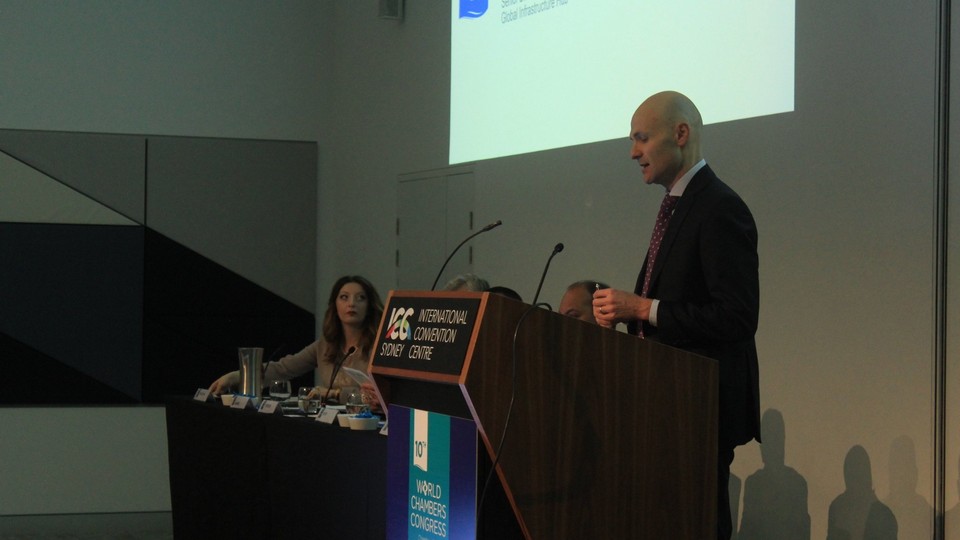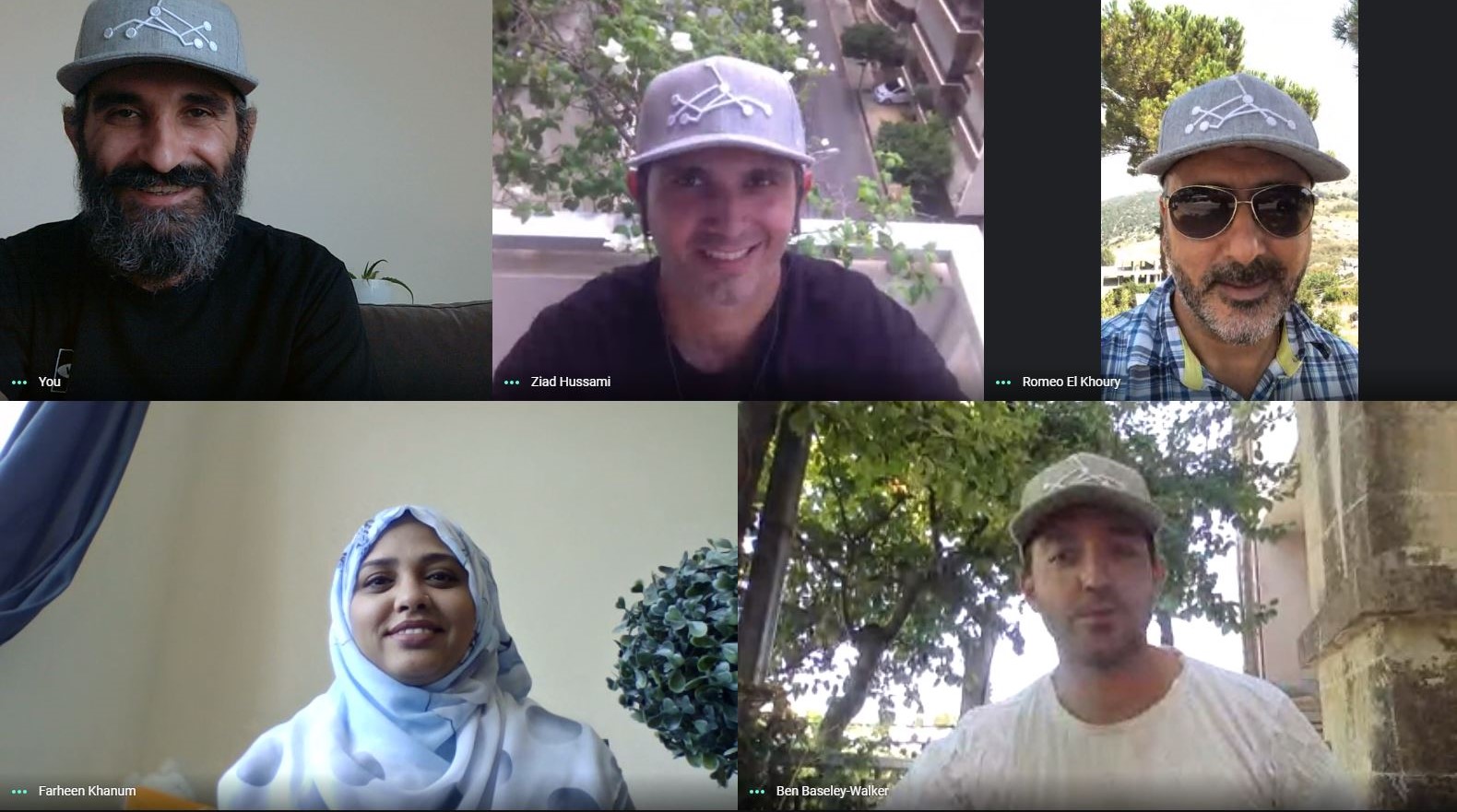1740 results found
Featured results



More results
This guide outlines five steps in the context of achieving a knowledge exchange, (i) Anchor the knowledge exchange, (ii) Define the knowledge exchange, (iii) Design and develop the knowledge exchange, (iv) Implement the knowledge exchange, (v) report the results. Case studies from South America and Africa are discussed with reference to this guide. This is the second edition of the document updated in 2015.

This guide outlines five steps in the context of achieving a knowledge exchange, (i) Anchor the knowledge exchange, (ii) Define the knowledge exchange, (iii) Design and develop the knowledge exchange, (iv) Implement the knowledge exchange, (v) report the results. Case studies from South America and Africa are discussed with reference to this guide. This is the second edition of the document updated in 2015.

This guide outlines five steps in the context of achieving a knowledge exchange, (i) Anchor the knowledge exchange, (ii) Define the knowledge exchange, (iii) Design and develop the knowledge exchange, (iv) Implement the knowledge exchange, (v) report the results. Case studies from South America and Africa are discussed with reference to this guide.

The African Infrastructure Fellowship Program (AIFP) recently announced its 2024 cohort of fellows, which includes 18 participants from across the continent and brings together a diverse and talented group of individuals with backgrounds in engineering, finance, law, and more. This year saw over 200 applications for the program.
This brief illustrates the rationale, methodology and results of the African Infrastructure Development Index.

This report covers the state of play of technology in Southeast Asia, assess the foundation of Southeast Asia foundations for digital technology and looks at national and regulatory digital economy intiatives.


In this article, the authors explore the successes and failures of the built environment’s digital transformation to date, why the Smart City concept is necessary but not sufficient and 3 steps for achieving the Adaptive City of the future – one which works for everyone.


The Asian Infrastructure Investment Bank (AIIB) platform takes a holistic approach to financing support for the development and deployment of technology for infrastructure projects. This support is in the form of knowledge, networks, capital, innovation services and regulatory dialogue with members, investment leads, and clients.
In a new research publication from the EDHEC Infrastructure & Private Assets Research Institute, entitled "Low Tide, Benchmarking Risks in Infrastructure Investments: What the data showed about Thames Water," we ask what investors in Thames Water in the UK would have learned about the risk of their investment and its likely market value had they compared its characteristics to market and peer group data.
The Thames Tideway Tunnel is an interceptor sewer being constructed in central London to control the 39 million tonnes of untreated sewerage that flows in to the Thames River on an annual basis
London relies on a 150-year-old sewer system built for a population less than half its current size. As a result, millions of tonnes of raw sewage overflow the system each year and end up in the River Thames. The GBP4.2 billion (USD5.7 billion) Thames Tideway Tunnel (TTT) is being built to tackle the problem for at least the next 120 years and enable the United Kingdom to meet European environmental standards.
After 99% of Queensland was declared a natural disaster zone due to the cumulative effects of Cyclone Yasi and widespread flooding, the Australian Federal Government imposed a one-off levy to finance AUD1.8 billion to rebuild infrastructure.
This report provides an analytical framework to understand the fundamental institutions of good telecommunications regulation and analyzes the governance of telecommunications in Latin America and the Caribbean.

This paper analyses the regulatory environment of ICT and provides policy recommendations for the development of the telecommunications sector in Panama.

Tel Aviv is Israel’s second-most populous city and its main business, technological, and cultural center. Its population has grown at 2% per year; Israeli population growth is ten times the OECD average.
This report provides a view on the Chongqing area and argues three dimensions of connectivity can be improved: physical (infrastructure) connectivity, digital connectivity, and economic integration with nearby areas, the report then provides a strategy on how to carry this out.

Low-cost, rapid tech solution for refugee camps and global urbanisation takes home InfraChallenge 2020
AreA is a platform designed to change the way renewable energy is procured in developing countries, created by Greenmap , a non-profit organisation aimed at scaling up cheaper and faster renewable energy deployment in emerging economies
This guide outlines five steps in the context of achieving a knowledge exchange, (i) Anchor the knowledge exchange, (ii) Define the knowledge exchange, (iii) Design and develop the knowledge exchange, (iv) Implement the knowledge exchange, (v) report the results. Case studies from South America and Africa are discussed with reference to this guide.






 Global Infrastructure Outlook
Global Infrastructure Outlook







